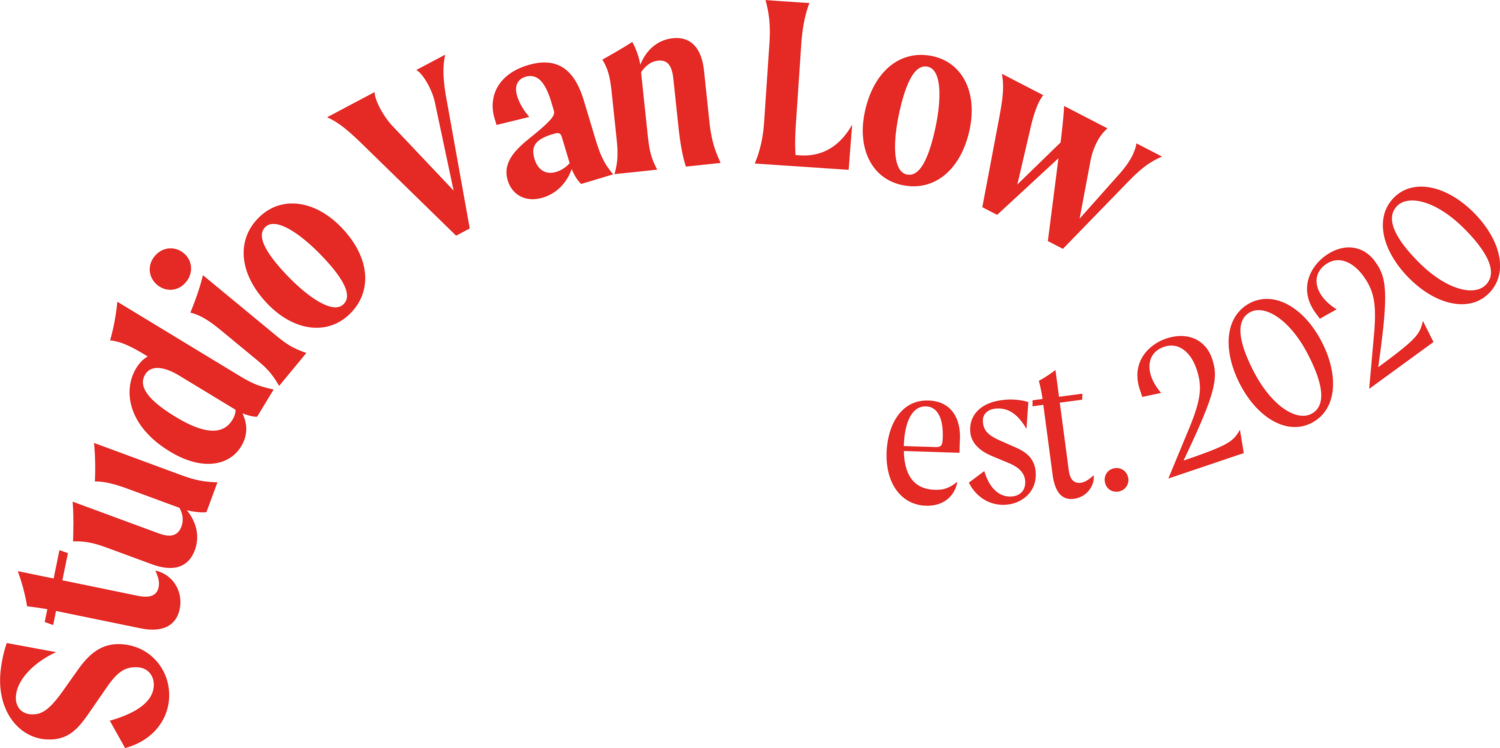
‘Grey Zones and Yellow Signal: The Works of Wang Jianwei and Redefining the Boundaries of Contemporary Chinese Art'
Bachelor of Art History & Theory (1st Class Honours), 2014
The pioneering practice of Wang Jianwei was the focus of an in-depth analysis of the changing ways contemporary Chinese artists have confronted the limits of new social, cultural and theoretical boundaries with experimental artistic strategies.
Abstract
Responding to the significant cultural changes within China over the past three decades, the pioneering contemporary Chinese artist Wang Jianwei has navigated theories of systems, knowledge and perception in order to confront the limits of Chinese art and identity. Approaching art as an experimental medium for investigations into knowledge and social experience, Wang’s ambitious interdisciplinary works – which combine theatre, film, sculpture and performance – challenge how we perceive the boundaries between knowledge and fiction; the real and the abstract; art and social experience. Wang’s works address the cross-section where these borders meet with everyday life, resulting in a complex and evolving oeuvre that resists straightforward interpretation.
Whilst Wang Jianwei’s works have received critical success, their multilayered nature leaves them open for thorough theoretical discussion. Although theorists have written about Wang’s navigation of boundaries, this thesis aims to more thoroughly investigate how Wang has expanded the borders of Chinese art and identity by redefining notions of cognition and social experience through the angles of grey zones and Yellow Signal – two notable theories that Wang has referenced – as a means of confronting linear knowledge and social interpretation.
The term grey zone is used by Wang to refer to the ambiguous areas in cognition or society that systems overlook or are unable to define. They are the fuzzy areas that escape comprehension yet make up significant parts of our understanding of the world around us.
Yellow Signal, on the other hand, is a more abstract metaphor concerned with creating a non-nostalgic platform for dialogue and shared experiences of ambiguity. The theory of Yellow Signal also considers issues of collectivism, and re-thinks the value of Chinese contemporary art in a globalised context.
Thesis is available by request
Top image: Wang Jianwei, Yellow Signal, Chapter 2, We Know What We Are Doing (2011).
Bottom image: Wang Jianwei, Yellow Signal, Chapter 1, Making Do With Fakes (2011).
Contents
CHAPTER ONE: The Changing Boundaries of Contemporary Chinese Art Practice and Discourse
1.1 The Rise and Proliferation of Unofficial Art in China
1.1.1 The Emergence of Unofficial Art from the Late 1970s to Early 1980s
1.1.2 The New Wave Movement 1985-1989
1.1.3 Experimentalism in the 1990s and Chinese Art in a Global Context
1.2 Interpreting Chinese Unofficial Art and the Problematic Definition of the Chinese Avant-Garde
1.2.1 Discourses on Interpreting Unofficial Art
1.2.2 The Problematic Definition of the Chinese Avant-Garde
CHAPTER TWO: Navigating Grey Zones: the Works of Wang Jianwei 1984-2000
2.1 Challenging Grey Systems: Laboratory Experimentation and Installation
2.1.1 Document (1992)
2.1.2 Incident – Process, State (1993)
2.1.3 Import <-> Export (1995)
2.1.4 Model (1996)
2.2 Exposing Grey Zones: A Social Shift and Documentary Form
2.2.1 The Chinese Documentary New Wave
2.2.2 Circulation – Sowing and Harvesting (1993-1994)
2.2.3 Living Elsewhere (1999-2000)
CHAPTER THREE: Yellow Signal: the Works of Wang Jianwei 2000-2011
3.1 Art as Intermediacy: Towards the Theory of Yellow Signal
3.1.1 On Wang Jianwei’s Idiosyncratic Theoretical Approach
3.2 A Platform of Entanglement: Realising Yellow Signal
3.2.1 Yellow Signal Theory
3.2.2 Welcome to the Desert of the Real (2010)
3.2.3 Yellow Signal (2011)
Conclusion
Bibliography

